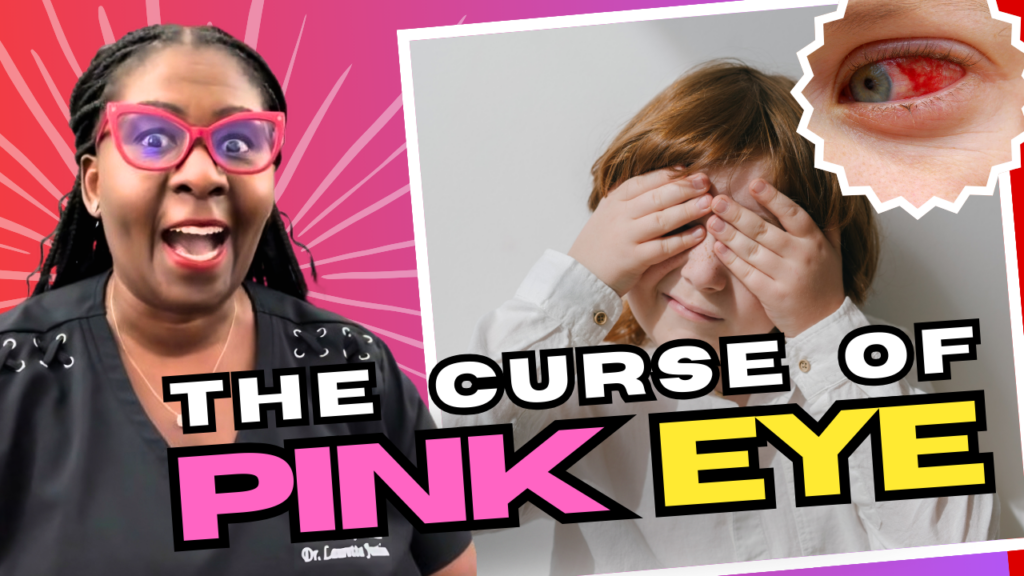December is Safe Toys and Gift-Giving Month

Ensuring Eye Safety for All
As we approach the holiday season, the excitement of gift-giving fills the air. December is recognized as Safe Toys and Gift-Giving Month, a time to focus on choosing safe and appropriate gifts, particularly for children. For women optometrists, this month offers an opportunity to educate our patients and communities about the importance of eye safety when selecting toys and gifts. This blog explores the significance of Safe Toys and Gift-Giving Month, highlights common hazards, and provides practical tips for ensuring eye safety during the festive season.
The Importance of Safe Toys and Gift-Giving Month
1. Raising Awareness: Many people are unaware of the potential hazards that certain toys and gifts can pose, particularly to children’s eyes. This month aims to raise awareness about these risks and encourage safer choices.
2. Preventing Eye Injuries: Eye injuries from toys are a leading cause of eye trauma in children. By educating parents and caregivers about safe toy selection, we can help prevent avoidable injuries and protect children’s vision.
Example: A study published by the American Academy of Ophthalmology found that nearly one in ten children’s eye injuries that lead to emergency room visits are caused by toys. Highlighting such statistics can underscore the importance of vigilance in toy selection.
Common Toy-Related Eye Hazards
1. Sharp Objects: Toys with sharp edges or points, such as certain action figures, darts, and even some building sets, can cause serious eye injuries if not handled properly.
Example: Eight-year-old Alex received a dartboard set for Christmas. Without supervision, he accidentally injured his eye with a dart, leading to an emergency room visit. Choosing a safer alternative or ensuring proper supervision could have prevented this injury.
2. Projectile Toys: Toys that shoot objects, such as Nerf guns, slingshots, and BB guns, pose a significant risk of eye injury. These toys can cause severe trauma if projectiles hit the eyes.
3. Laser Toys: Laser pointers and certain high-tech toys can cause temporary or permanent vision damage if pointed directly at the eyes. These should be avoided or used with extreme caution.
4. Small Parts: Toys with small, detachable parts can be a choking hazard and also pose a risk if pieces are thrown or mishandled, potentially leading to eye injuries.
5. Chemical Exposure: Some toys, particularly craft kits or certain science kits, contain chemicals that can be harmful if they come into contact with the eyes.
Tips for Safe Toy and Gift Selection
1. Check Age Recommendations: Always choose toys that are appropriate for the child’s age and developmental level. Age recommendations on toy packaging are based on safety guidelines and developmental suitability.
Example: When selecting a gift for her niece, Dr. Emily carefully reviewed the age recommendations and chose a toy that was not only fun but also safe for her developmental stage.
2. Avoid Toys with Sharp or Pointed Edges: Select toys with rounded edges and avoid those with sharp or pointed parts that could cause injury.
3. Choose Non-Projectile Toys: Opt for toys that do not shoot objects or have projectiles. If choosing a toy gun, ensure it uses soft, non-toxic materials and always supervise its use.
4. Be Cautious with Laser Toys: Avoid toys with lasers or ensure they are labeled as safe and comply with safety standards. Educate children on the dangers of pointing lasers at eyes.
5. Inspect Toys for Durability: Ensure toys are well-made and sturdy. Poorly constructed toys can break easily, leading to potential hazards.
6. Educate and Supervise: Teach children about the safe use of toys and always supervise them during play, especially with new toys.
Example: Dr. Sarah provides a holiday safety handout to parents in her clinic, detailing safe toy practices and emphasizing the importance of supervision.
Conclusion
Safe Toys and Gift-Giving Month is a crucial time to raise awareness about the potential hazards that toys and gifts can pose, especially to children’s eyes. As women optometrists, we can play a significant role in educating our patients and communities about eye safety during the holiday season.
By choosing age-appropriate toys, avoiding sharp and projectile toys, being cautious with laser toys, inspecting toys for durability, and emphasizing education and supervision, we can help ensure a safe and joyful holiday season for all.
As you prepare for the festivities, remember the importance of safe gift-giving practices. Let’s protect our children’s vision and make this holiday season both joyful and safe. Happy holidays and happy Safe Toys and Gift-Giving Month!





